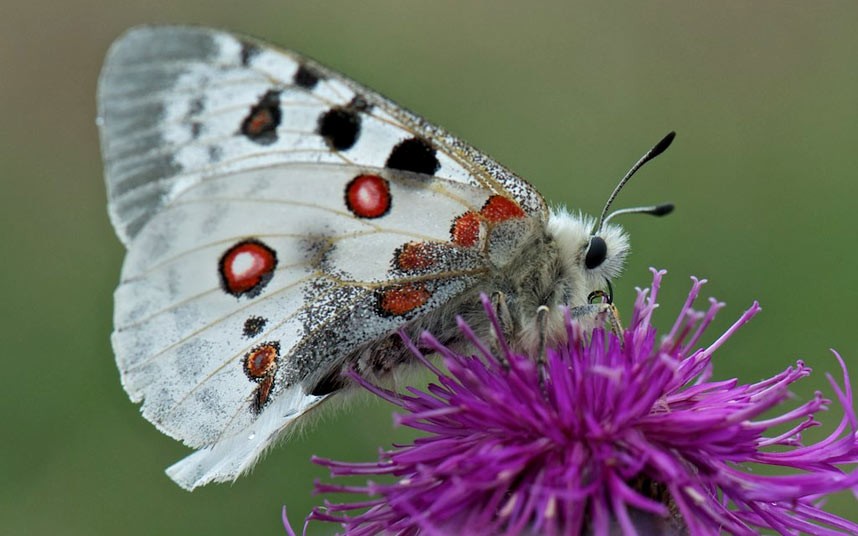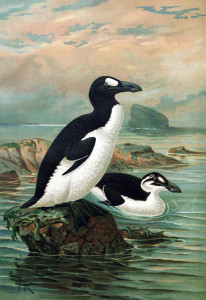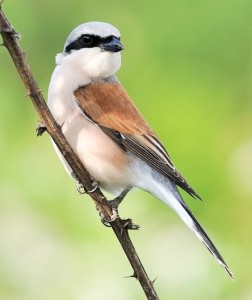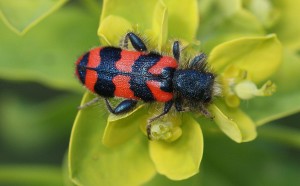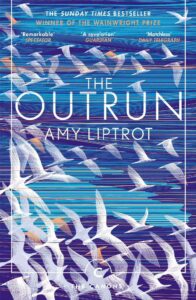
Canongate Books, 2016.
ISBN 978-1-78211-549-6
Amy Liptrot goes to live in London to escape the cramped life as a teenager on Orkney, a group of windswept islands off the north of Scotland. Her father was sectioned under the mental health act the day she left. At least she was free of the constant pressure from her happy-clappy Christian mother. In London, she parties, she drinks, she smokes, she takes drugs, she has sex. Is she happy? No. She drinks more and more, she loses one job, then another, then her boyfriend and her flat.
Something needs to be done. She’s not sure if she can stick with Alcoholics Anonymous’s talk of God, is that her mother all over again, but she tries it anyway and goes sober, along with the drug addicts and no-hopers:
“I had never injected drugs, been a prostitute, smoked crack in front of my baby, spent eight years in a Russian prison, mugged an old man in the park, or been through six detoxes and four rehabs, painfully relapsing each time. My family still spoke to me, and I had not turned yellow.”
She goes back to Orkney, still sober. A woman tells her she’s washed up: painful because not entirely untrue: but she’s on the mend. Her father’s farm had a small neat area of little fields near the farmhouse, and a big wild area where the sheep could graze, the outrun. Perhaps Amy had been away on her own outrun for those ten troubled years in London.
She stays with her mother for a bit in Orkney’s little capital town, Kirkwall. It rains for 54 days in a row in the winter; then at last some “dreamy sunsets reflected on calm sea”. She goes back to the farm and spends days building drystone dykes, thick heavy double-walls of stone. She rebuilds herself at the same time…
Greatly daring, and knowing nothing about ornithology, she applies to the RSPB to spend the summer mapping the distribution of all the breeding Corncrakes on the Orkney Islands. She gets the job. She spends the summer staying up all night, driving about and stopping the car to listen for the extraordinary “crex crex” croaking noise that gives the bird its Latin name.
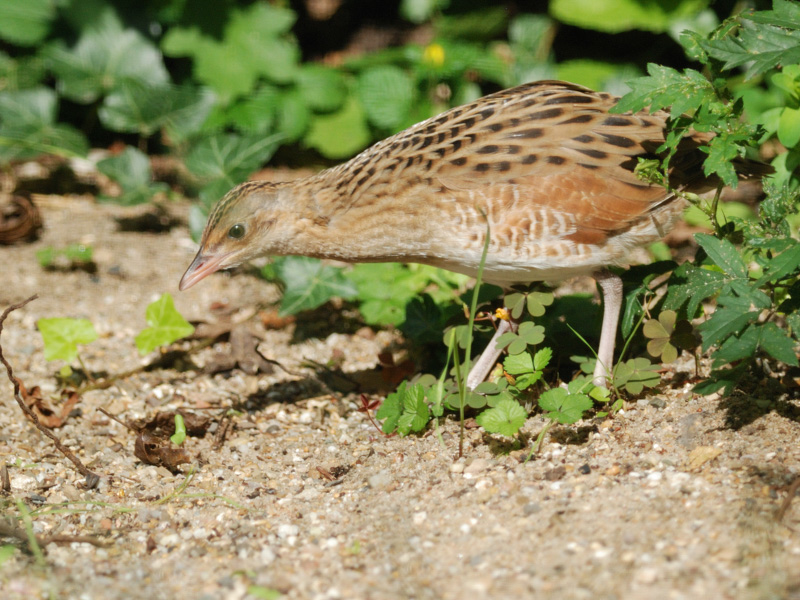
She maps 31 of the elusive birds dotted about: one island has exactly one male bird. She sees a Corncrake exactly once in the entire period. Once, she arrives at a stone circle at dawn: nobody is about. She takes off her clothes and runs around it.
She discovers that the RSBP’s house on the island of Papa Westray is used to warden the bird reserve there only in summer. She asks if she can stay there in the winter. It’s not insulated, normally left empty then. She gets it: the rent is very low: “I decide that I will spend my time in the kitchen with the fire, leaving the rest of the house to the cold.” It’d be a perfect place to drink… nobody would know… but she stays sober. “There are no flatmates or close neighbours to hear me crying at night.” She recollects in tranquillity how she was sexually assaulted in London: she fought the man off, he was imprisoned; and how she crashed her car and was banned for drunk driving. She notices each day the
“moment, looking back, facing into the northerly wind … when my heart soars. I see starlings flocking, hundreds of individual birds forming and re-forming shapes in liquid geometry, outwitting predators and following each other to find a place to roost for the night. The wind blows me from behind so strongly I’m running and laughing.”
Her nephew was born soon after she went sober. “He will never see me drunk.”
Buy it from Amazon.com (commission paid)
Buy it from Amazon.co.uk (commission paid)

